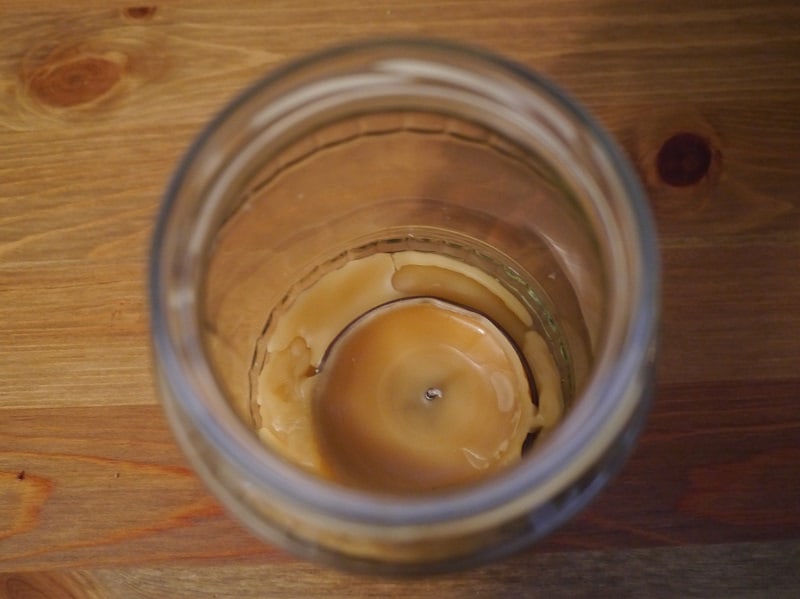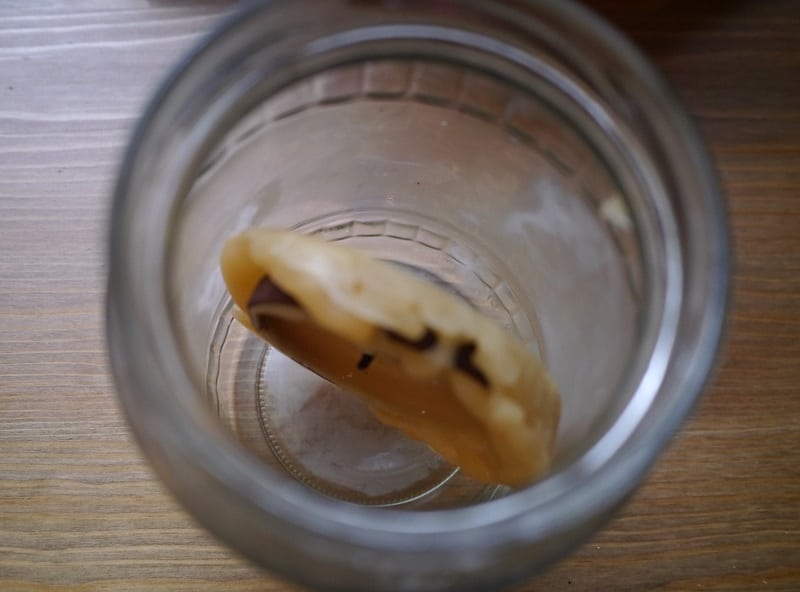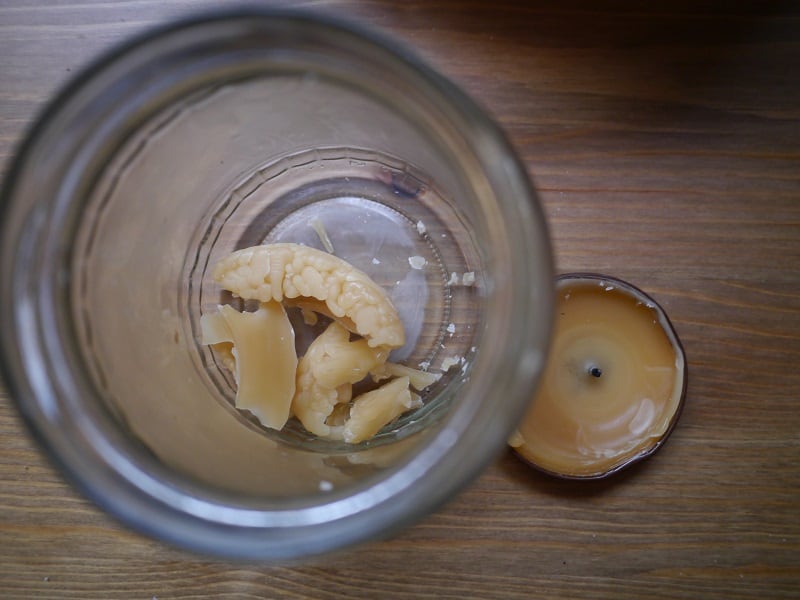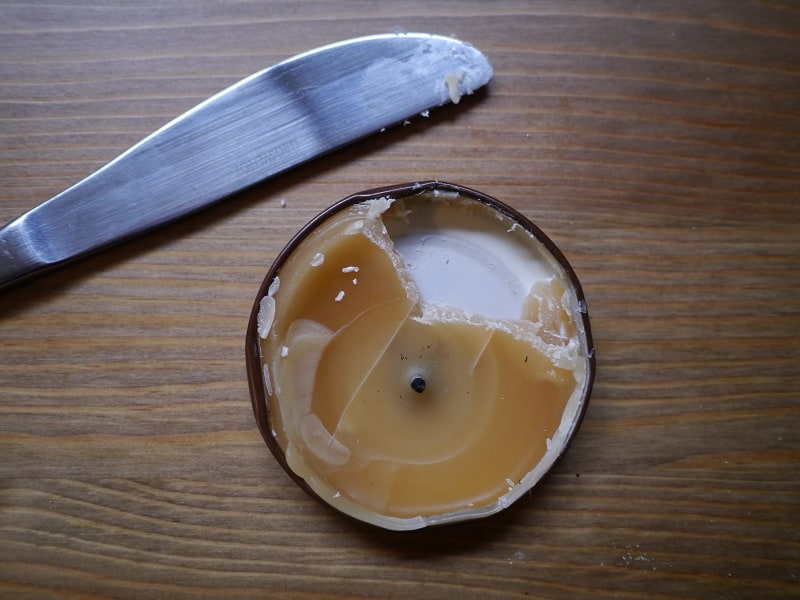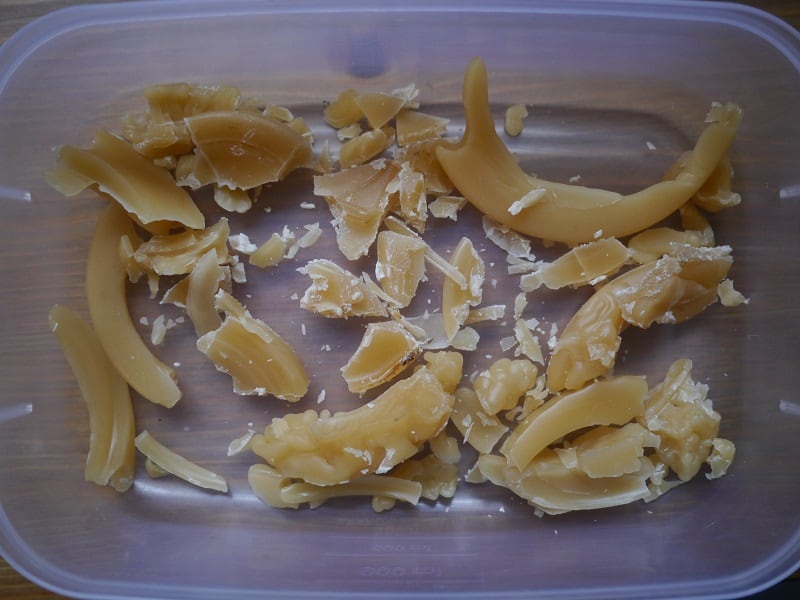How to freeze food in glass jars (+ defrost it safely)
I freeze food in glass jars, and I have done for years (we’re talking at least 15 years). As a student I resented buying things like zip-lock bags to freeze food – they seemed expensive and unnecessary. Glass jars were something I always had to hand – and they come in all shapes and sizes, which meant there was always one suitable for what I needed to freeze.
So that’s what I used.
It’s a topic that gets a lot of questions. Some people are surprised that it’s possible at all, others have tried and failed and want to know why. And there are a few rules you need to follow if you don’t want broken glass in the freezer.
In all my time freezing in glass I’ve only ever had a couple of breakages, and both times were when I didn’t follow my own advice. Stick to the rules, and you’ll be able to freeze in glass jars without breaking anything.
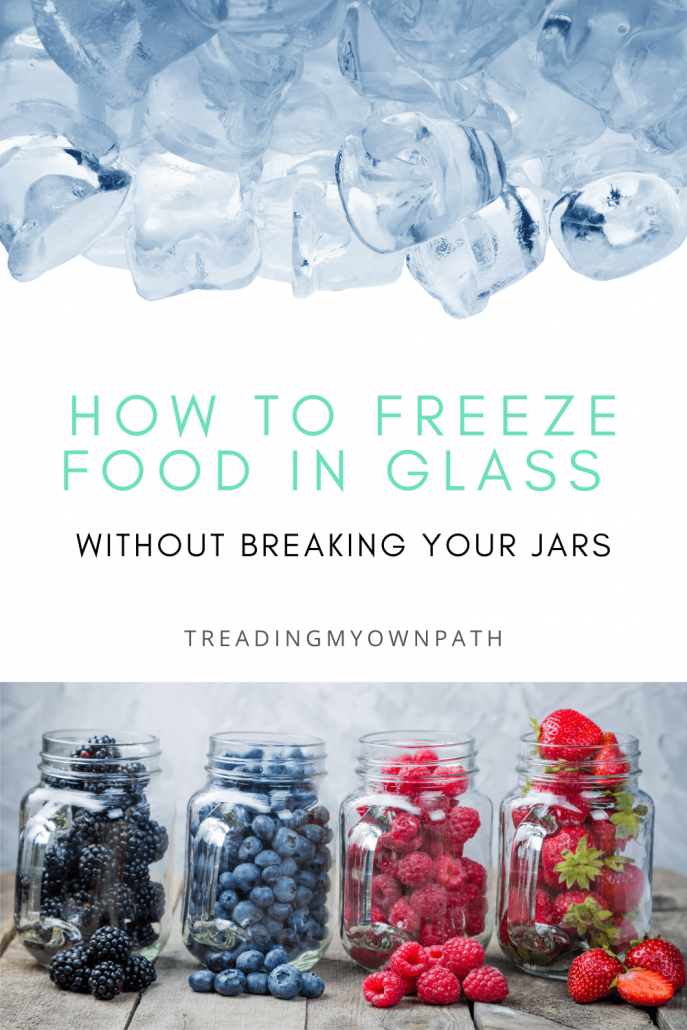
Understanding the science of freezing in glass
First, a science lesson! It’s helpful to understand what’s going on. Glass breaks because of stress. It’s rigid and solid, so when pressure is applied it tends to crack. (Like, for example, when you drop glass on a hard surface. It can’t absorb the impact, so it breaks.)
Although it’s rigid, glass actually shrinks a little when it’s cooled and expands a little when heated. Nothing that you can see, but it happens. When the outside and the inside of the glass have different temperatures (such as putting a glass jar of frozen food into a bowl of hot water, or putting hot liquid into a cold glass) the glass is shrinking on one side and expanding on the other, which creates stress.
The glass cracks to relieve the stress.
Water expands when it freezes. Food contains varying amounts of water and so different foods expand to different amounts when frozen. Pure water will expand the most. (You might have noticed when you make ice cubes that the level of the cubes rises as they freeze.)
Stock, soup and sauces are all liquid, and so will expand more when frozen than foods like bread or wraps, that have a low water content.
As liquids freeze and expand, they need a place to go. The sides of a glass jar are rigid and so the only way to expand is up. If a jar is narrow, or has sides that taper inwards, the extra pressure placed on the glass sides as the contents freeze will make it crack (which relieves the stress).
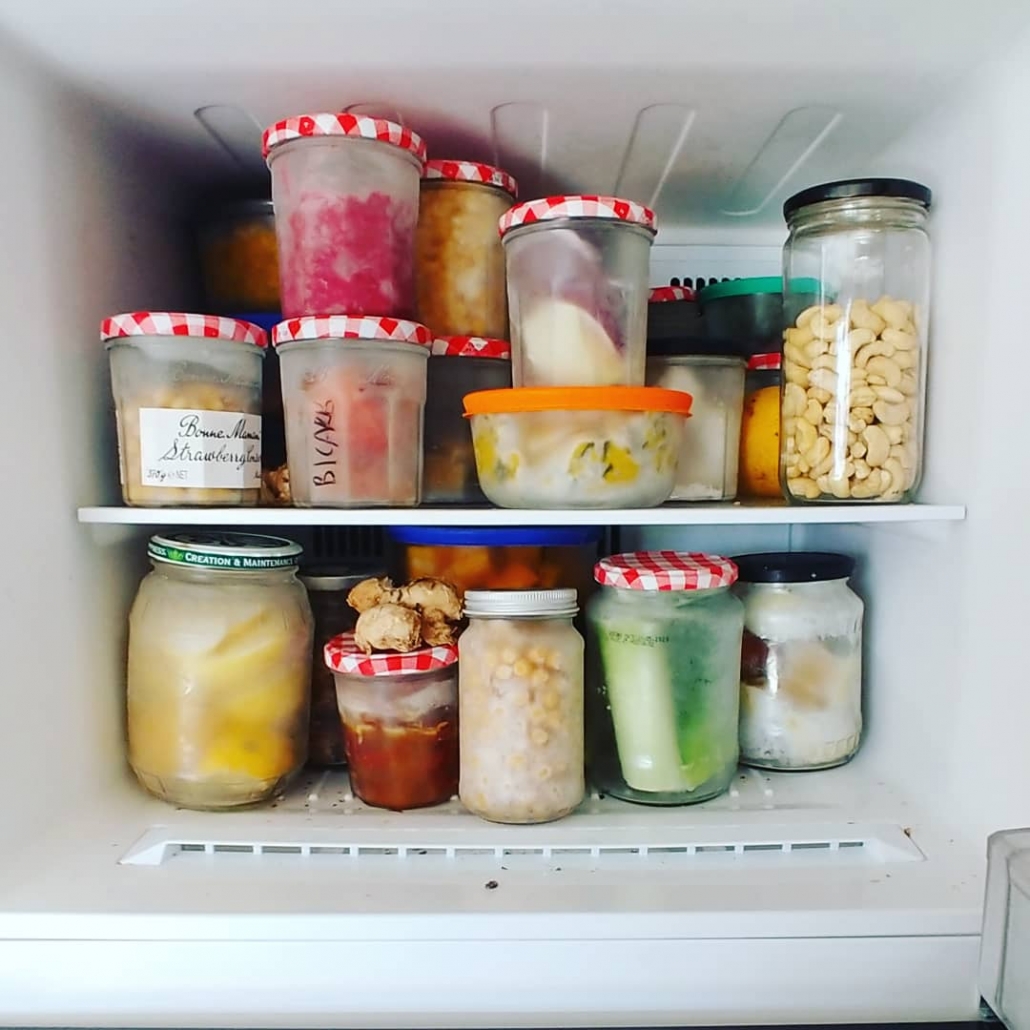
This is why wide-necked glass jars, or those with sides that taper outwards, are better for freezing, especially when freezing liquids.
Filling a wide-necked jar to the brim and then screwing a lid on tightly may also cause a jar to crack, because now there is no space at the top for the food to expand. Leaving a lid ajar until the contents are frozen will prevent this.
Foods like chickpeas or frozen sweetcorn have spaces between them, so there is less pressure applied to the sides of the glass (the air gaps can be filled) meaning narrower jars can be used for these types of food.
How to freeze food in glass jars: choosing suitable jars
I prefer wide-necked jars for freezing, and ideally those that taper outwards. My absolute favourite is the Bonne Maman jam jar. Each jar fits a one-portion serve, and the tapered sides mean the frozen contents almost slip straight out when I’m ready to heat them up.
They are also free (I rescue from a local cafe, and neighbours who eat jam.)

I can also stack them in my freezer, which maximises the space.
For liquids, a wide neck is very important. For beans, lentils or chopped vegetables, it’s less important, but still preferable.
I always choose jars that would have been through some kind of heating process in a factory. Jars that previously contained jam, pickles or sauce will have been heat-treated, and are my preference. Jars from the reject shop won’t, and are often thinner glass.
Sometimes you’ll see jars that have a distinctive round circle at the bottom, which is a separate piece of glass fused to the jar. This join is another point of stress weakness, and it’s better to avoid these jars if you can. If you can’t, choose to use only with low water content foods. (Breadcrumbs yes, frozen chickpeas yes, sauces or stock, no.)
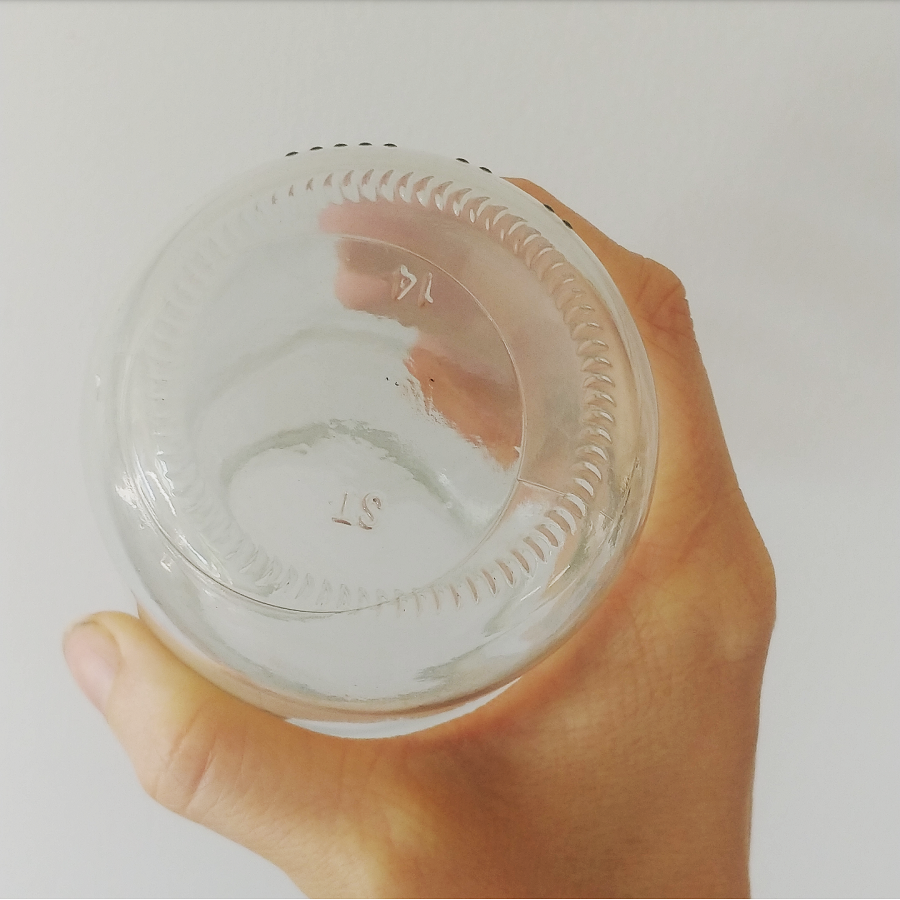
I found this out when the base of a jar I’d just used to freeze something fell out as I was washing it up. I didn’t know it was a ‘thing’ until then! Luckily the food was fine, but the process of freezing and defrosting must have weakened the seal, and the jar broke. Now I check for this before using.
If you prefer, you can stick with glass jars that are designated freezer-safe. These tend to be the brands also suitable for canning – they are designed to withstand extremes of temperature. Ball Mason, Fowlers Vacola, Weck, Le Parfait jars are all examples.
How to freeze in glass jars, step by step
Once you’ve chosen a suitable jar, fill it with whatever you want to freeze, following these rules:
- Fill to the widest point of the jar, and leave a space at the top to allow the contents to expand;
- Cool the food completely before putting the jar in the freezer;
- If possible, chill the contents first. Recommended for liquids like stock;
- Place the jar in the freezer, with the lid off or ajar;
- Once the contents have completely frozen, screw the lid on tightly.
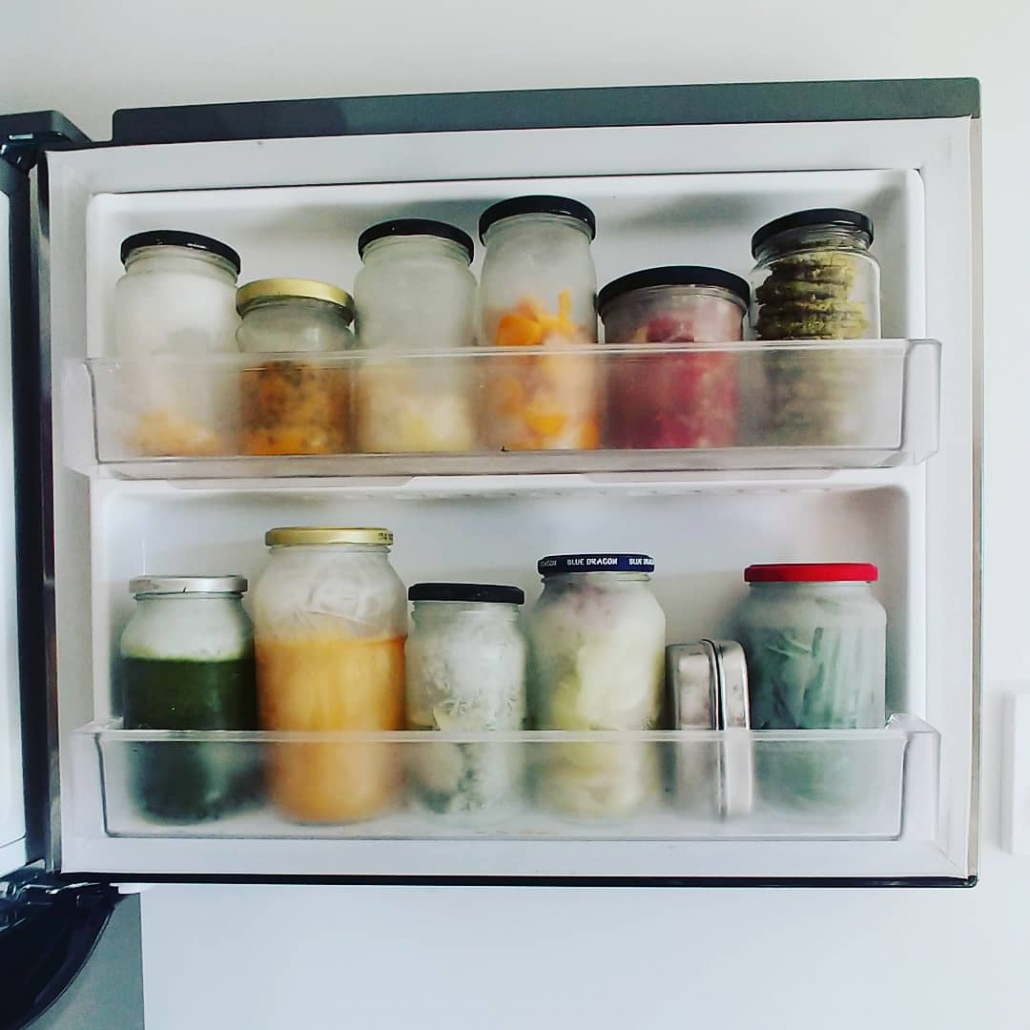
Don’t forget to label your jars unless it is very obvious what is inside! Your memory will not be as good as you think it is. A date is useful as well as labelling the contents.
The reasons most jars break in the freezer are putting hot contents straight into the freezer, overfilling the jar, using a narrow jar – or all of the above.
My biggest mistake was trying to freeze stock in a passata bottle. Luckily it didn’t crack until it was almost frozen solid, so there wasn’t a big mess to clean up. But it had to be discarded. Lesson learned – these things need room to move!
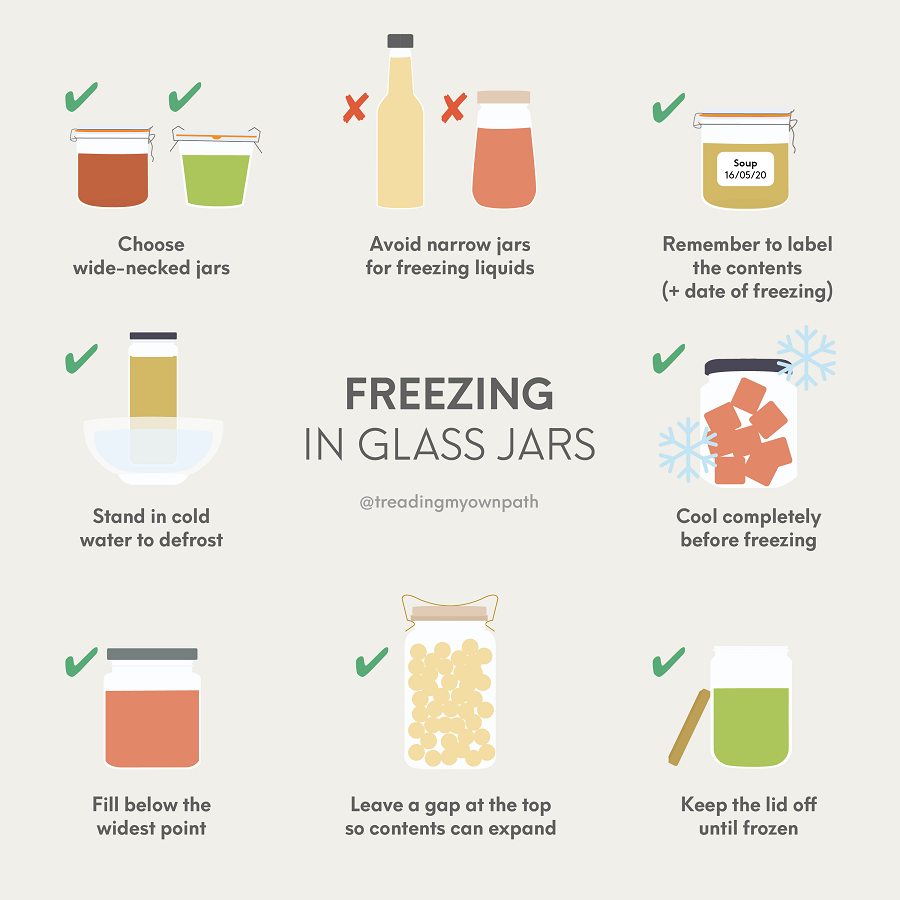
How to defrost frozen food in glass jars
Heating frozen glass (such as plunging into a bowl of hot water) will make it crack. Don’t do that.
If you’re super organised, you can take the jar out of the freezer and leave on the side for a few hours. Or, you can put in the fridge to defrost overnight.
(If you’re defrosting meat or fish I’d put in the fridge to thaw because they are higher risk in terms of food poisoning.)
A large and well-packed frozen Pyrex container can take a couple of days to thaw in the fridge.
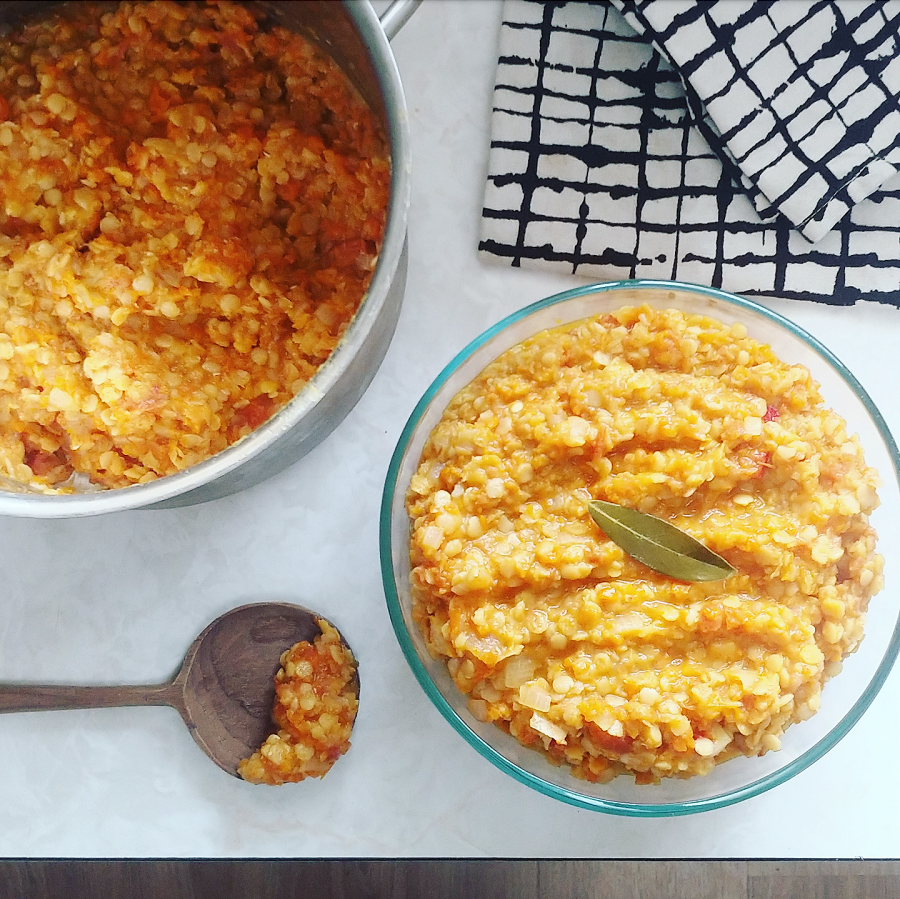
Jars, less watery things, and pieces with more surface area, will defrost more quickly in the fridge.
If you’re less organised, and want to defrost something more quickly, take it out of the freezer and put in a bowl of cold water. It’s important that it’s cold, because warm water will crack your jar. Cold water is still warmer than ice.
Depending what it is, you can add cold water to the frozen item (pour cold water into the jar) – this is how I thaw my frozen chickpeas. It separates them, which means I can get them out of the jar.
It would work for frozen veg, like sweetcorn. You wouldn’t do it to a piece of cake.
If you’re less organised and also impatient, your best bet is to freeze food in containers or jars that taper outward. Pyrex tapers out slightly, as do Weck jars, as do my all-time favourite, Bonne Maman jam jars. What this means is, as soon as the food starts to defrost, which will happen from the edges inward (the centre will be the bit that thaws last), the frozen food will slide out of the jar.
Take out of the freezer, sit in a bowl of cold water, wait 10 mins or so and then empty the frozen lump into a pan or bowl, or whatever you are going to use to heat up your food. I don’t have a microwave, so I use a saucepan.
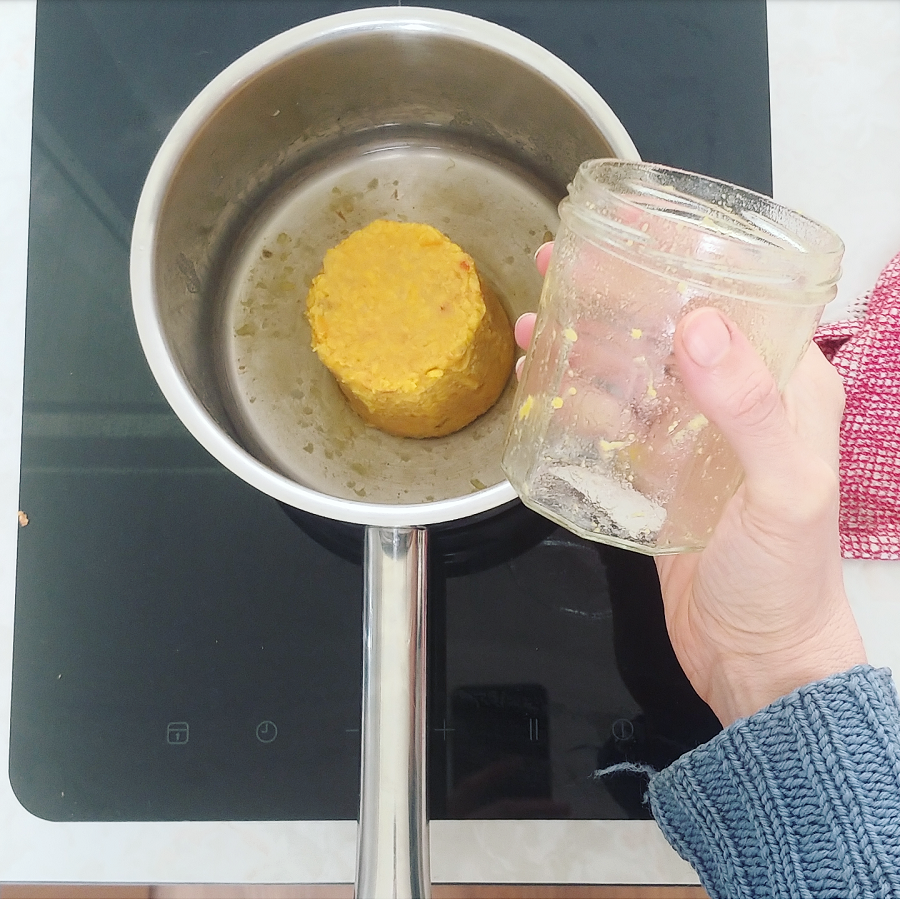
I use a low heat and a lid on the pan, and stir to separate the thawed bits from the frozen core. Gradually it reduces down, and eventually its piping hot, and you’re good to go.
Readers have told me that they put frozen glass jars in a microwave to defrost. I’d be extremely careful doing this, as microwaves don’t heat evenly – if part of the glass is touching hot food and another part is still frozen, the glass will be under stress and may crack. But (apparently) it can be done.
I hope this answers all of your freezing-in-glass-jar related questions! As always, any thoughts, suggestions or ideas that you have, please share with us in the comments. Ask away, I’d love to hear from you!
[leadpages_leadbox leadbox_id=123a865e9839c5] [/leadpages_leadbox]

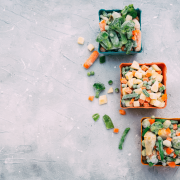
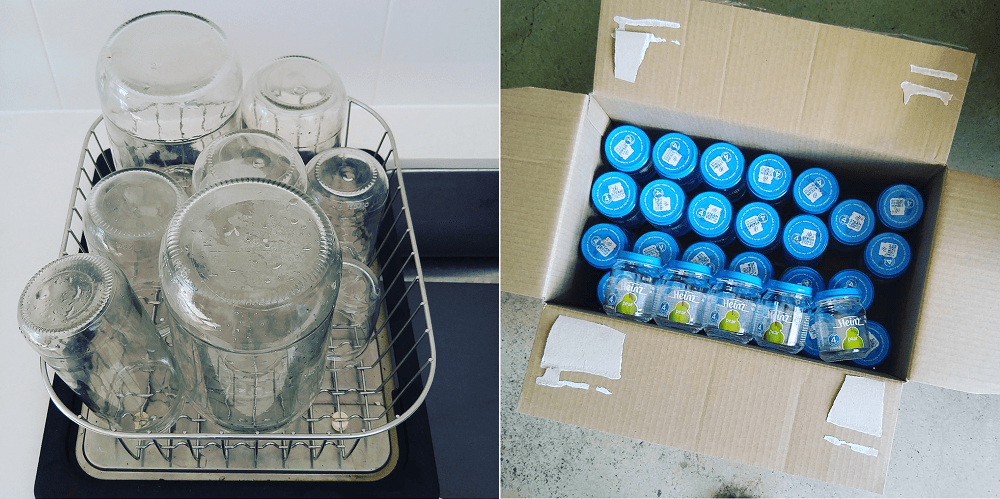
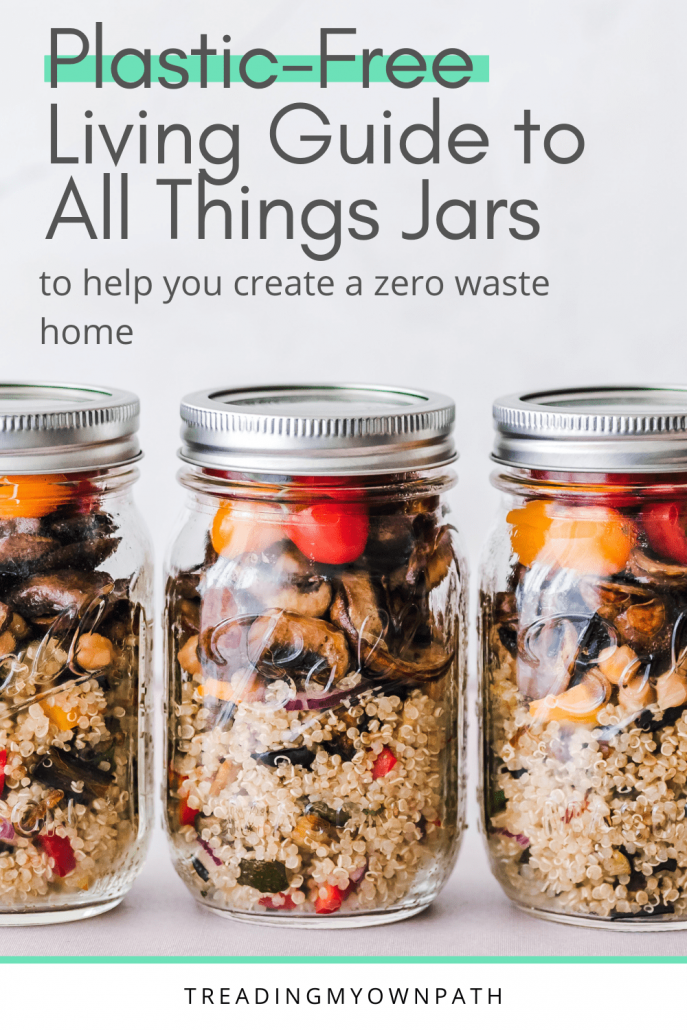
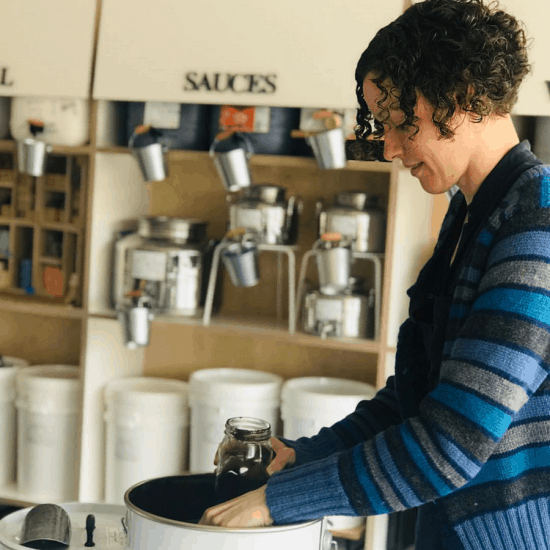
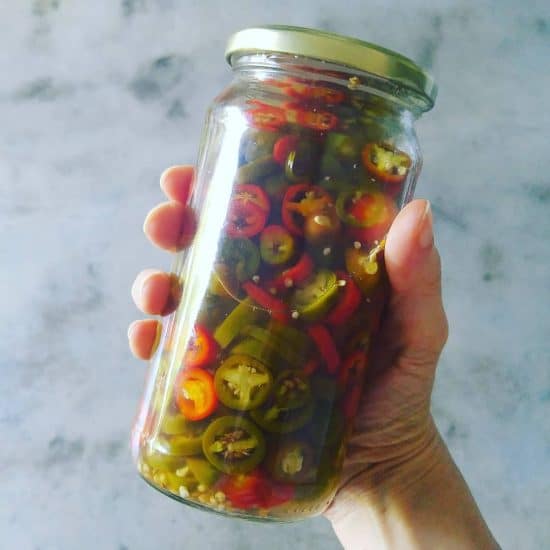
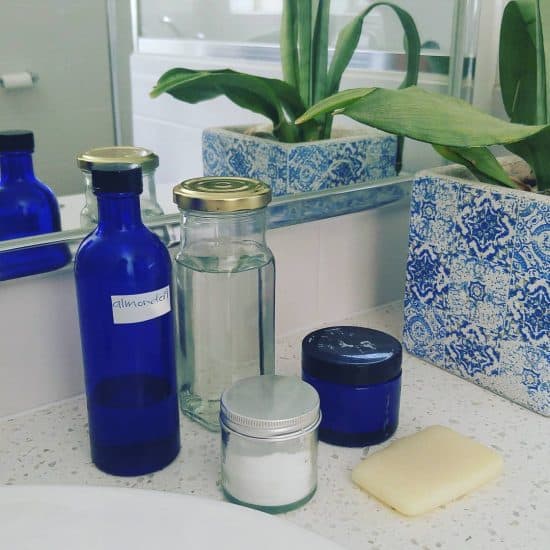
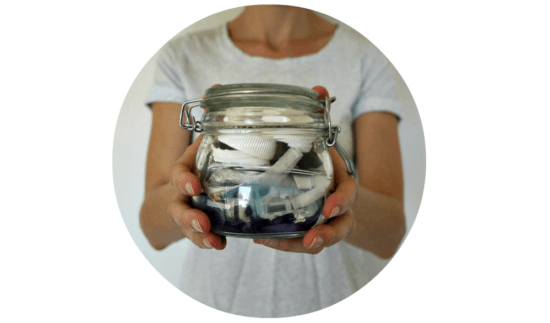
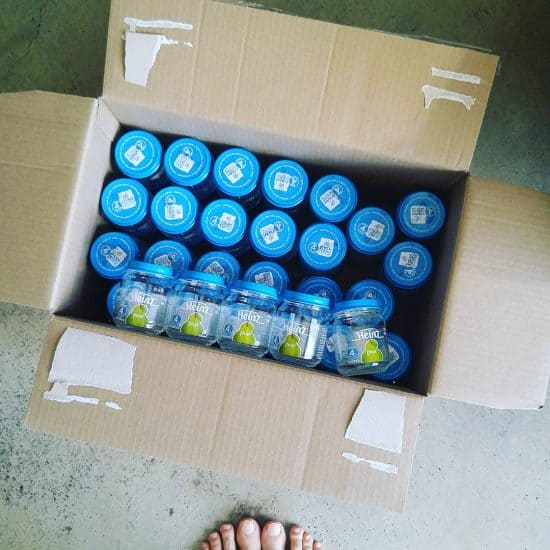
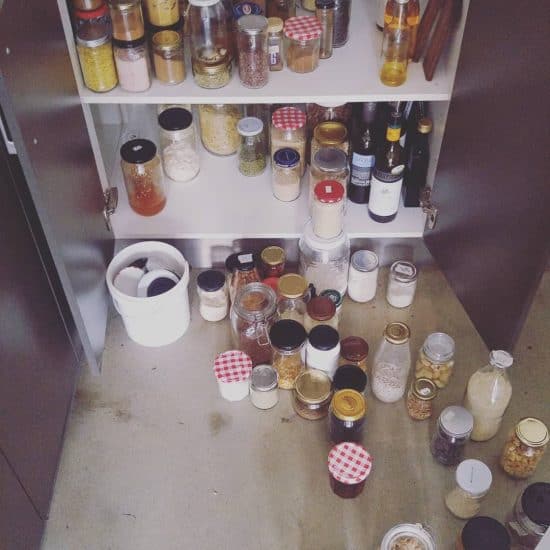
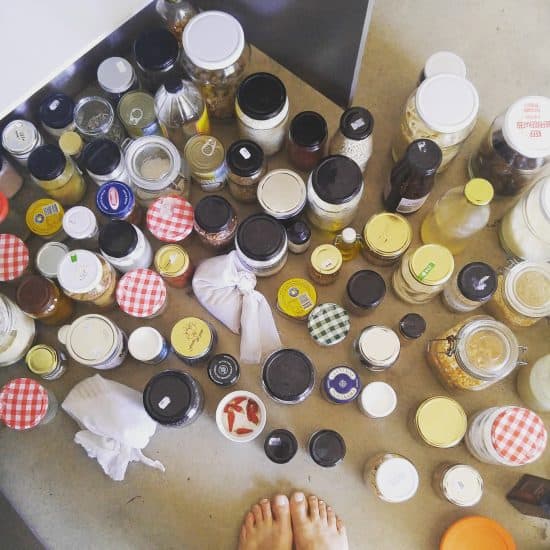
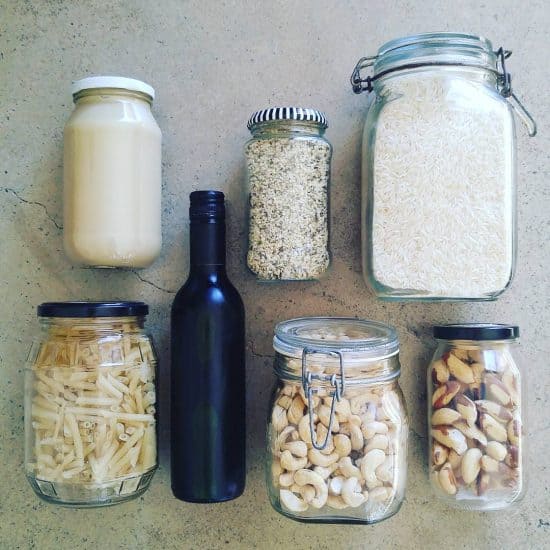
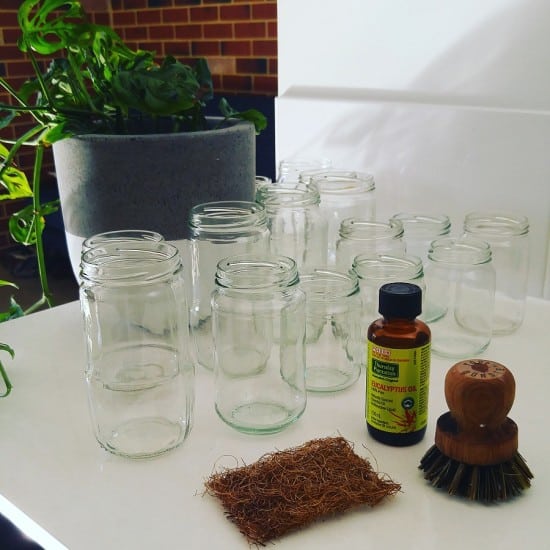
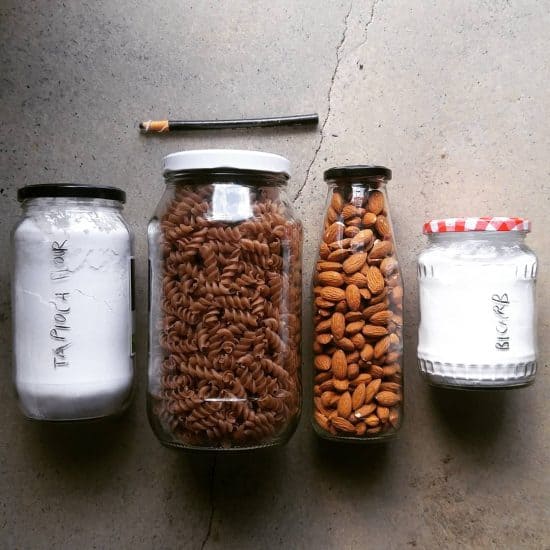
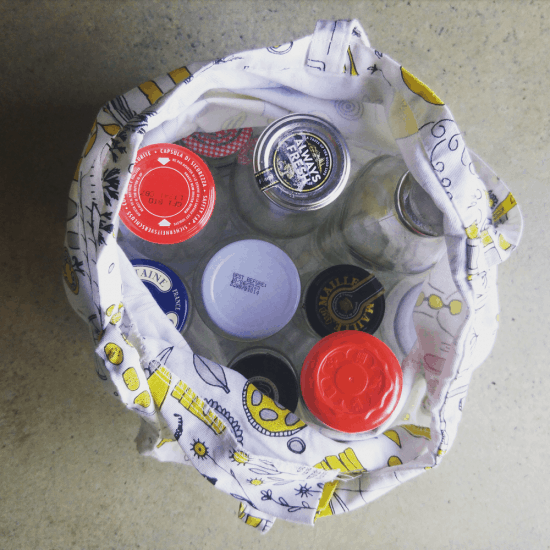


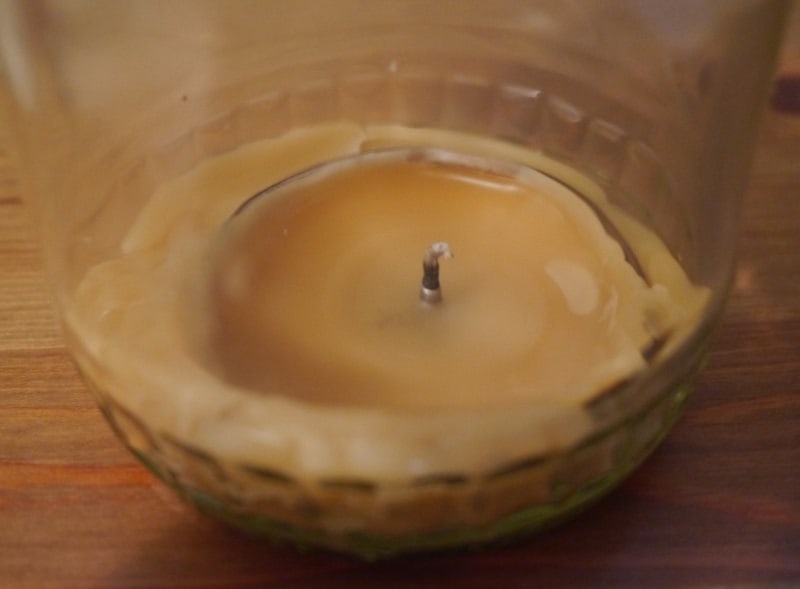 This is what my poor glass jar looked like. The wax looked well and truly molded in there. But I wasn’t chucking it away without a fight. Oh no!
This is what my poor glass jar looked like. The wax looked well and truly molded in there. But I wasn’t chucking it away without a fight. Oh no!